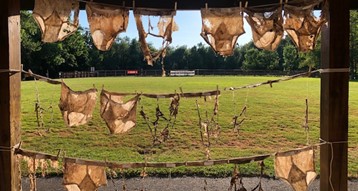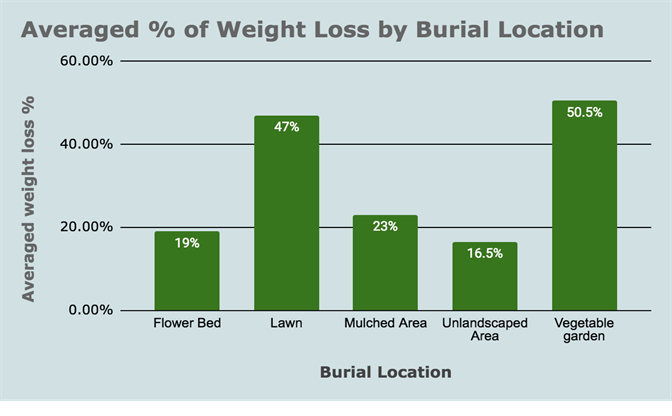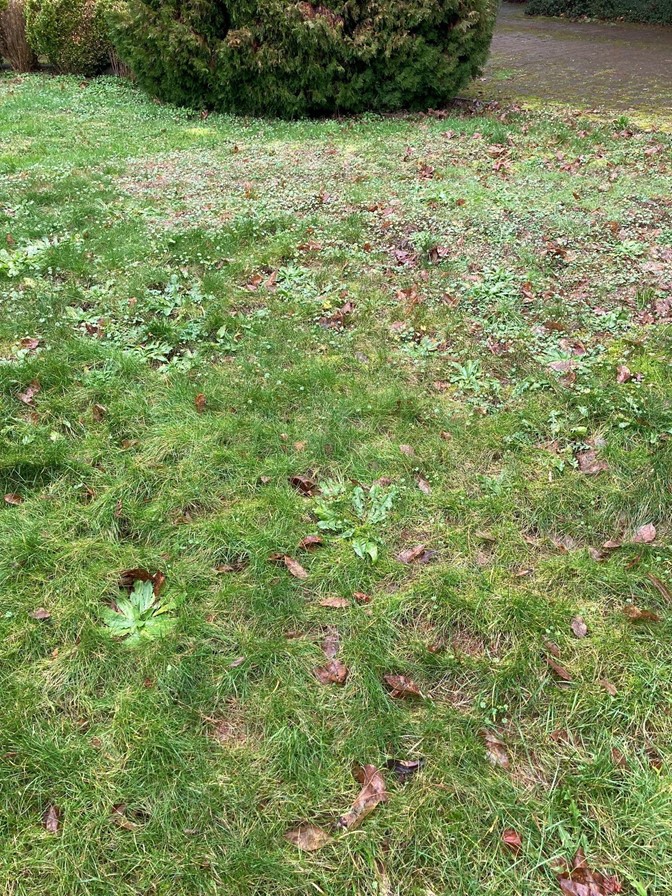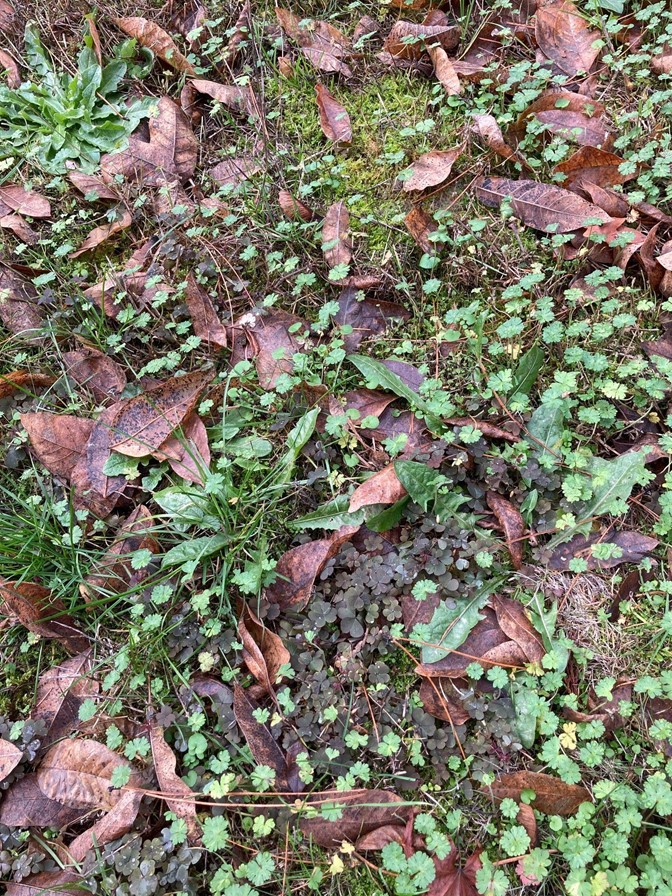By Sharon Hawley
Yes, if the soil beneath it is healthy. One might then ask, is that likely to be the case?
There is increasing awareness of the role healthy soils can play in the future of our planet. Regenerative farming can greatly enhance food production without the use of toxic chemicals. Healthy soil can sequester vast amounts of carbon, possibly to the point of reversing global change. To be healthy, soil depends on natural complicated relationships among the organisms, plant and animal, that live in it. To go a step farther, there is mounting evidence that “roots in the ground” are very important for nurturing and maintaining the cycle of underground life.
Bottom line: bare dirt isn’t much help. So, what about lawns? They can get a bad rap as high-maintenance, water-guzzling, chemically-enhanced habitat deserts. A lawn can, however, be an effective soil-enhancer. That is my experience.
I recently took part in a community science project called “Soil Your Undies”, whereby I buried a”tighty-whitey” brief in each of 3 locations in my yard. They remained buried for 2 months, giving soil organisms the chance to devour them. One went into my lawn, one into a bed with a variety of plants and one into a more barren area. Not surprisingly, in the last area, the undies were barely decomposed, an indication that few of the essential organisms needed for healthy soil were present.

A lot more surprising to me was that the lawn area actually yielded undies that were more decomposed than the pair buried in the mixed-plant bed. And I was not the only one who dug up well- decomposed undies from their lawn. The graph below represents the average loss of weight from 39 pairs of undies buried by families across Lake Oswego. Vegetable gardens ultimately yielded the most decomposed undies, but in second place at 47% average weight loss were the undies buried beneath lawns!

Possible factors contributing to the healthiness of my lawn soil:
- There was only grass when we moved in, but now a variety of low-growing plants, all “volunteers”, have moved in. Having a diversity of plants increases the likelihood of a diversity of organisms needed to keep the habitat thriving.
- We use no pesticides, herbicides or fertilizers anywhere in our yard. The organisms in the soil provide the necessary balance for health.
- We mow often during growing periods, since our reel (push) mower can’t handle anything overgrown. We leave the trimmings where they fall. We haven’t watered in many years, so the lawn goes completely brown in the dry periods. The strong root system (“roots in the ground”) and healthy soil can make use of the nutrients coming in and help hold moisture in place.
My best guess is that all of the above contribute to the healthy environment in the soil, evidenced by the decomposed state of the undies buried there.
You don’t need a perfectly manicured, perfectly watered monoculture to achieve good soil health. Allowing your lawn to grow naturally without pesticides and synthetic fertilizers and making sure the soil is covered by a range of different species are all ways you can contribute to nutrient rich soil.
Sources: https://psci.princeton.edu/tips/2020/5/11/law-maintenance-and-climate-change


